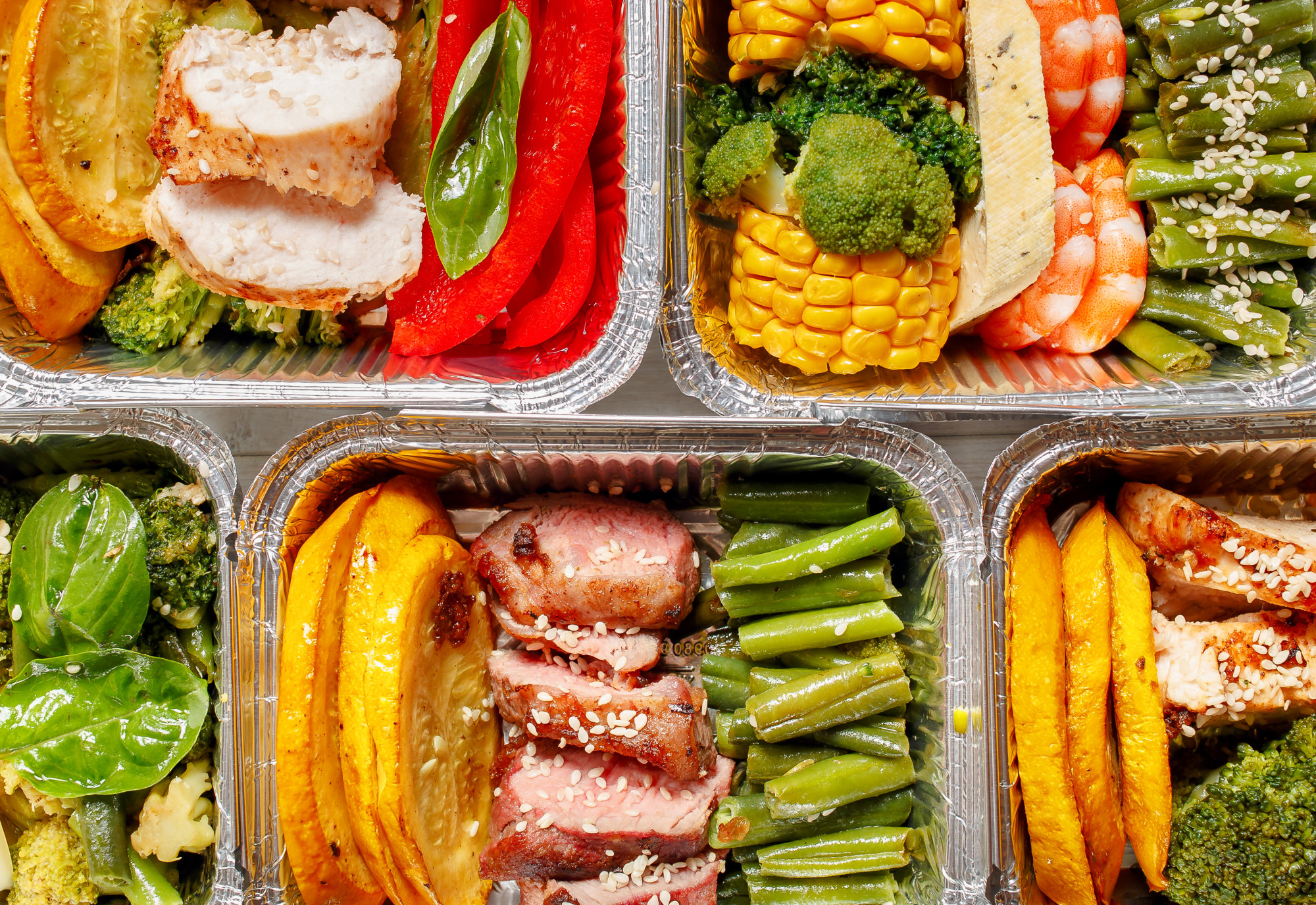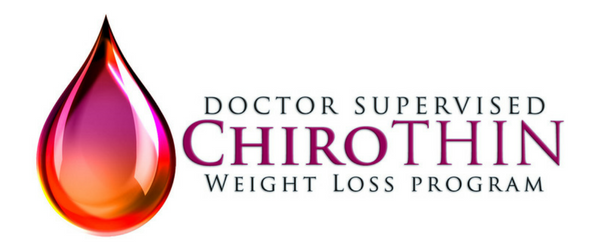
Once the clock strikes midnight, our New Year’s resolutions take effect. Did you know that 27% of Americans make these resolutions? It’s true. Of those people, resolutions for exercise, diet, and weight-loss are the most common.
Yes, a new year means a new you. That means it’s time to put down the cookies, pizza, and wine. That means it’s time to start eating clean and healthy.
One of the best ways to ensure you stick to this resolution is to learn how to meal prep for weight loss.
Read on to learn more about how to meal prep while counting your macros.
What Is a Macro?
This might be the first year you attempt a diet. Yes, there are certain rules you can think of if you attempt to eat healthier and lose weight—lots of raw vegetables. Cut the sweets and pasta. Curb your alcohol intake.
Those are all true, but a successful diet needs a plan. In this plan, you need to know exactly what to cut and what not to.
The term “macro” is short for macronutrients. These macros fall into three groups that cover all the food you eat. To determine your goal macro intake, you must account for how these foods serve your daily energy needs.
When you’re meal prepping for macros, you account for how active you are combined with the calorie count found in these three groups.
Carbohydrates
Carbs provide four calories per gram. When people think about cutting carbs or eliminating carbs from their diet, they think of pasta and bread. Plenty of other foods contain carbohydrates.
There are two types, simple and complex. Simple carbs are sugar and anything derived from refined wheat. Complex carbs are natural sugars consumed in their original form. Fruits, vegetables, and legumes all have complex carbs.
When counting your macros, carbs should account for 45-60% of your daily calorie intake.
Fats
You see it advertised still. Low-fat, non-fat, no-fat products still take up a lot of grocery store shelf space. While fats contain the highest caloric concentration of the macronutrients at nine calories per gram, your body needs them.
This doesn’t mean open up a bag of potato chips and go to town. Nor does it mean you are free to eat as many chicken wings as you want.
The kind of fats your body needs is the “healthy” fats found in meats, nuts, and salmon. These fats promote skin-care, hormone production, body temperature regulation. Ideal fat intake should be 25-35% of your calorie count.
Proteins
High protein, low carb diets are the rage right now. They all revolve around eating an exorbitant amount of protein-rich foods. These protein-centric diets aim to cut weight by eliminating the “evil” carbs.
There is still debate about the effectiveness of these diets, with many doctors endorsing a more holistic plan with supplements like ChiroThin.
Protein, like carbs, contains four calories per gram. Doctors recommend your protein intake should account for 10-35% of your daily calorie total. Find them in foods like poultry, eggs, legumes, and tofu.
How to Meal Prep
Meal prepping is something you should do. Whether you’re meal prepping for macros or a family of four, this practice can save you time and cut down on waste.
When you meal prep, it’s important to make a plan. You need an arsenal of recipes. Each large grocery trip you make should have the week’s recipes in mind, and it’s best to think of things you produce multiple meals from.
If Sunday dinner is roast chicken, make sure you have the ingredients to make chicken soup for another dinner. Buy the ingredients for chicken salad lunches.
Should you want a more intensive macro meal prep, you’ll need to do more planning. Calculate all the calories you need in a day, then break down the macronutrient percentages. With that in mind, you’ll produce three well-rounded meals.
Snacks
So much about meal prep and weight management is cutting down on unhealthy foods. We all love to snack, but often what we snack on is less than desirable. We reach for the potato chips, pretzels, and candy bars.
These give us a quick caloric boost to get through our workday. They will also pack on the pounds. When you buy groceries and meal prep, make sure you reserve enough fridge space for healthy snacks.
This could mean sliced raw vegetables or hard-boiled eggs. If you do this, you’ll cut out so many useless calories from your diet that contribute to weight gain.
Big Portions
Don’t cook a meal for a single serving. This is expensive and inefficient. If you make a balanced macro meal, make a lot of it. You’ll need to eat lunch the next day, and a night of leftovers for dinner saves you money.
When meal prepping for weight loss, find recipes that hit your targets. Then make a lot of them at one time. Healthy lentil and bean soups are a great way to shrink your budget and your waistline.
Storage Is Key
Whether you prep for the week or batch for months ahead of time, storage is important for meal prepping. What do you do with all the meals you’ve made?
You should invest in high-quality fridge containers. Stackable, sleek, and airtight, these containers keep your meals fresh through the week.
You’ll also need freezer space. The best part about meal prepping is that you can make your favorite dishes with fresh, seasonal ingredients and eat them out of season.
Doing this will help you stick to your diet. Even the best recipes become boring if you eat them too much.
Meal Prep for Weight Loss
You’ve made the resolutions after a holiday season where you overindulged. This year will be the year you stick to your diet and shed those pounds. This means you’ll have to put in some work, but it’ll be worth it.
When you meal prep for weight loss, you give yourself the best opportunity to meet your macronutrient goals every day. It’ll also help you save money!
Are you ready to get started on the path to a healthier you? Click here to learn more about ChiroThin supplements.
